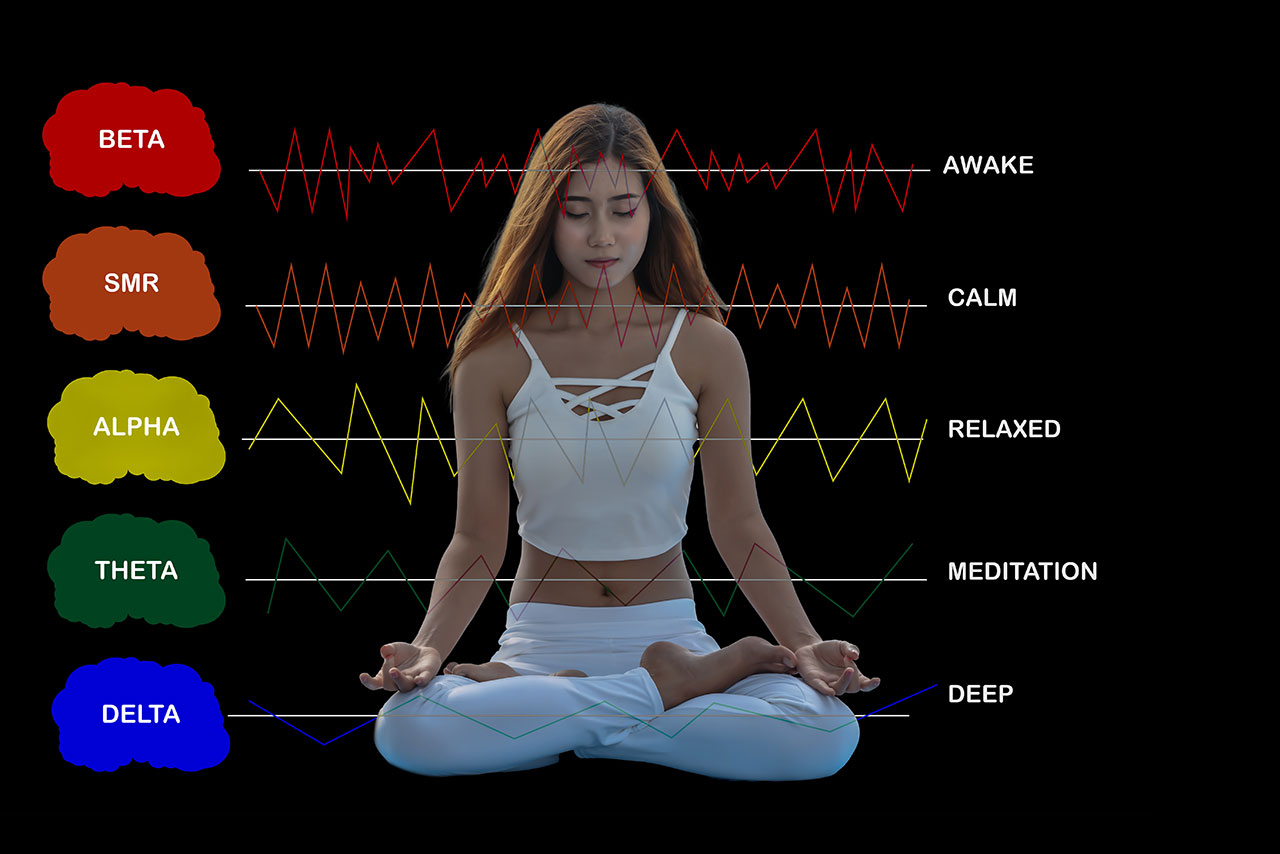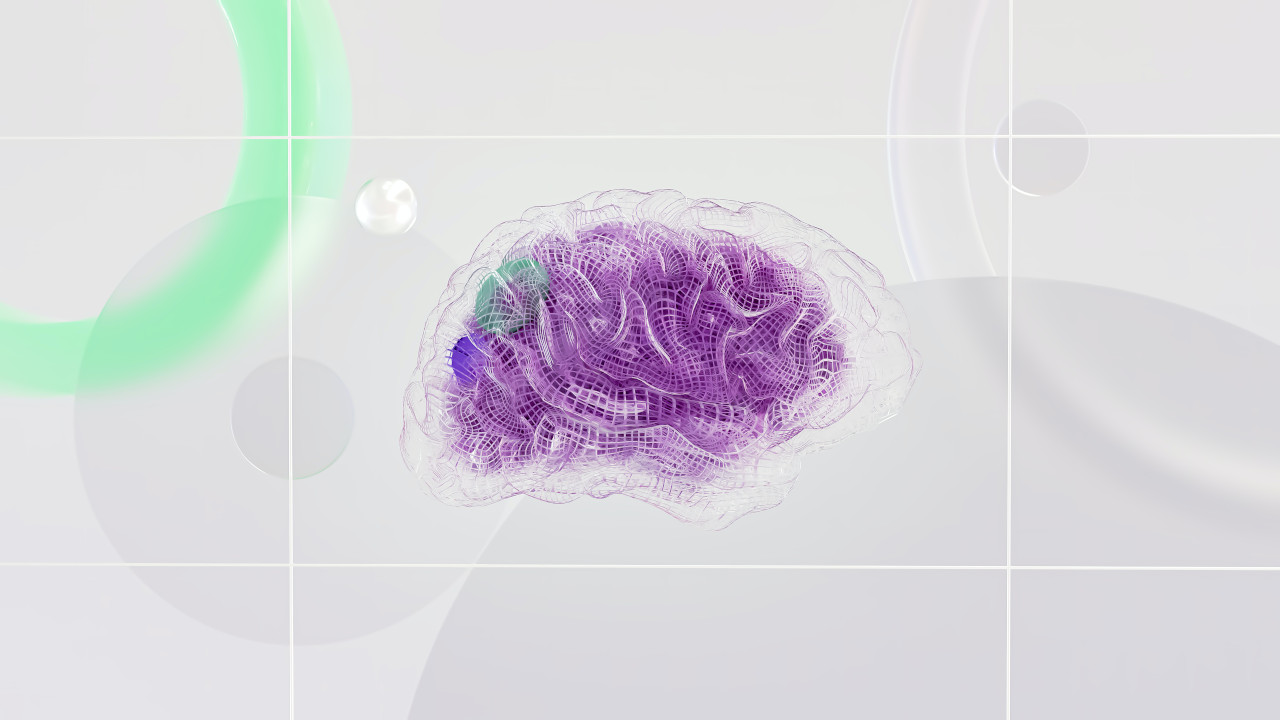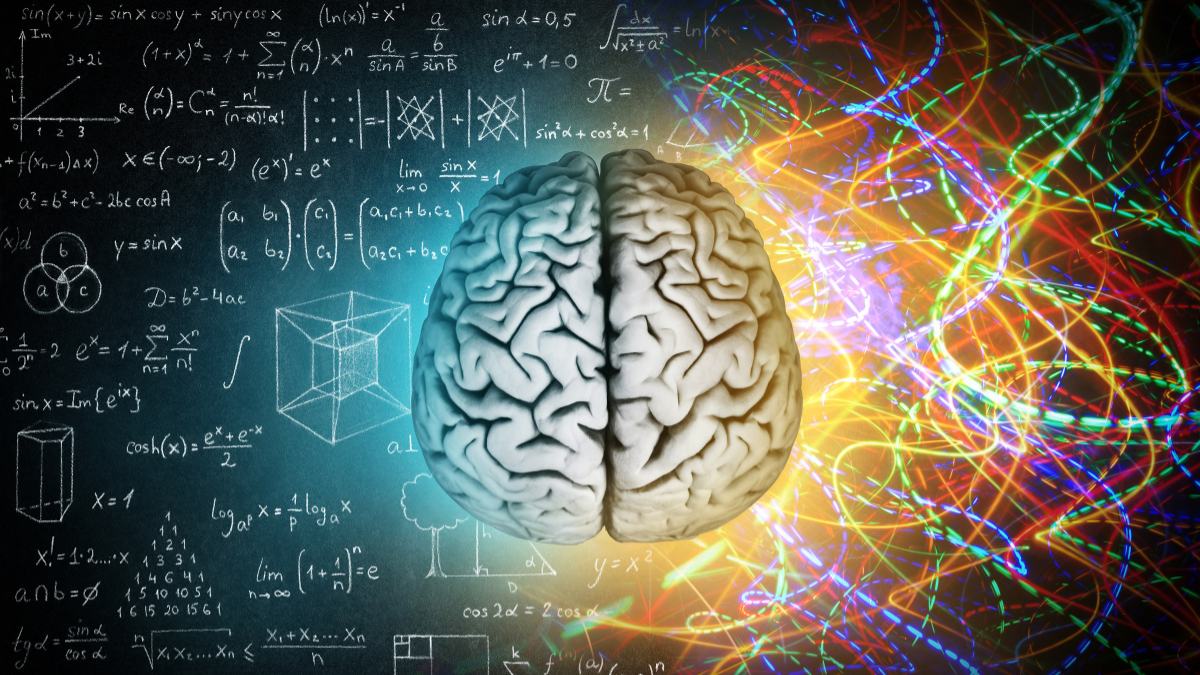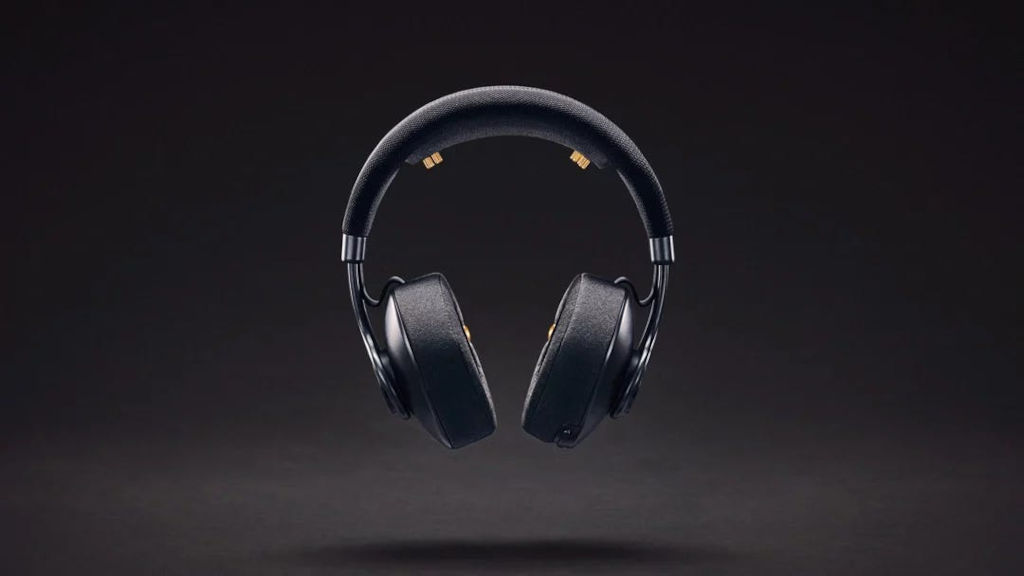The Sensorimotor Rhythm (SMR) is a brainwave frequency between 12-15 Hz, which sits along the borderline between alpha and beta brain waves.
It can be described as the “sweet spot of focus” where we have enhanced executive functioning and are in complete control of our attention.
Neurofeedback specialist Dr. Andrew Hill described the sensorimotor rhythm like this:
“If you’ve seen a cat on a windowsill watching a bird then you’ve seen SMR. It’s this liquid, still-body and laser-like focus.
A still body and focused mind is advantageous because you can jump into action much easier from relaxation than tension.
These brain waves are produced when your body is completely still and your mind is focused on a single task.”
The Benefits of Sensorimotor Rhythm Training:
Training the slower beta brain waves of the sensorimotor rhythm with neurofeedback protocols has been found to be highly effective for improving focus, mood and attention span, particularly for people who have been diagnosed with:
The SMR brain wave frequency has also been found to be related to automaticity during skill execution. A study on improving golf putting performance using SMR neurofeedback training found it can enhance focus and sports performance [4].
It has also shown promise in reversing cognitive decline and improving working memory in elderly adults [5].
Neurofeedback clinicians are also using SMR brainwave training to assist with epilepsy, depression, stress and autism. It has been found that the improved ability for sustained focus and concentration in the SMR frequency range of brain waves improves learning, reading speed and energy levels.
The main drawback of neurofeedback training for optimizing sensorimotor rhythm control is that it can be very expensive, ranging from $5,000 – $10,000+ for a full course of treatment in a lab.
A more affordable alternative may be to use binaural beats.
Experience The Sensorimotor Rythmn With Brainwave Entrainment
If you aren’t familiar with binaural beats, they are an emerging form of sound therapy that uses brainwave entrainment frequencies to alter your brain waves.
While there hasn’t been a lot of research into binaural beats as a treatment for medical conditions, judging by their massive popularity on YouTube, millions of people use them regularly to help with focus, creativity and relaxation.
A number of research studies have found that binaural beats improve cognition and mood while there has been found to be little evidence of adverse side effects [6].
While binaural beats may not provide the same effectiveness as professional neurofeedback training, they are something worth exploring for the self-directed biohacker simply because in 5-10 minutes of listening you can experience the effects for yourself.
While some people find they aren’t effective at all, many others find them extremely effective so it’s best to take a do-it-yourself approach to exploring the different brainwave frequencies and what they can do for your focus and attention to see for yourself.
Similar to binaural beats are isochronic tones, which are also a method of brainwave entrainment that can also be quite effective for getting into the sweet spot of focus with SMR waves.
I have found listening to both binaural beats and isochronic between 12-15 Hz in the sensorimotor rhythm to be extremely effective for improving my ability to stay focused and concentrate for long periods of time.
When I listen to sensorimotor rhythm binaural beats and isochronic tones using my headphones, I feel a sense of physical and mental calm, which helps improve my energy levels and control my distractibility.
I also find them effective for training the single-minded focus necessary to drop into the flow state, which emerges when we go deeper into relaxed alpha brain waves.
Try Out SMR Binaural Beats And Isochronic Tones:
Here are some binaural beats and isochronic tones in frequencies of 12-15 Hz you can try to experience the relaxed state of focus that comes with SMR waves.
It is important to listen to them for at least 10-15 minutes to get a full brainwave entrainment effect. For best results, I recommend using for at least 25 minutes using a structure productivity system like the Pomodoro Method.
1. Laser-Like Focus: SMR Binaural Beats For Anxiety & ADHD
You can try these SMR binaural beats frequencies alone or in the background while listening to music
This track is just straight binaural beats, which can be helpful for improving your focus, mood, and attention span.
2. SMR And Mu Waves: 12.5- 15 Hz For Flow States
Mu waves are synchronized patterns of brainwave activity that occur between 8-13 Hz.
This track is at the higher ends of the Mu waves spectrum and can be helpful for enhancing focus when you are doing creative activities.
3. Low Beta Waves 12-15Hz (SMR) Isochronic Tones
Just the straight isochronic tones without music that can be listened to alone or along with an instrumental music playlist.
The key advantage of isochronic tones over binaural beats is you don’t need to listen to them with headphones for the brainwave entrainment effect.
4. SMR Extended – For Anxiety, Depression and Mood Lift
This isochronic tones track has relaxed ambient music to soothe your mind. The tones work to stimulate your brainwaves and increase activity within the SMR range.
Flow Neurofeedback Training Guide
If you are interested in learning more about neurofeedback training in the SMR brainwave rhythm, you can download my Flow Neurofeedback Guide which goes into the 5 major brainwave patterns and how they can be trained with different neurofeedback protocols.
References:
[1] Enhancing sleep quality and memory in insomnia using instrumental sensorimotor rhythm conditioning
[2] Sensorimotor rhythm neurofeedback training relieves anxiety in healthy people
[4] Sensorimotor Rhythm Neurofeedback Enhances Golf Putting Performance
[6] Auditory Beat Stimulation and its Effects on Cognition and Mood States




